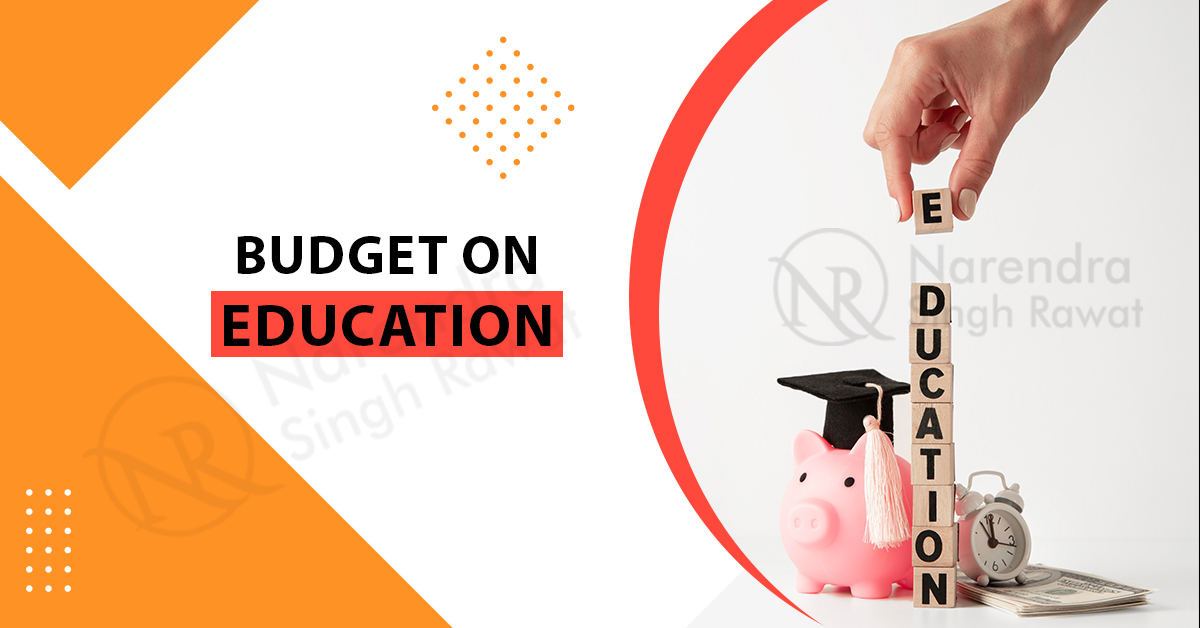Education is changing as the globe adopts a tech-first mindset. The integration of technology in the classroom can transform pedagogy in India and It can help with teaching delivery enhance the learning experience, and provide access to content through online resources, virtual classrooms, and interactive learning tools also There are Budgets like Union, capital, and Revenue budgets.
Projectors, smart boards, connected gadgets, customized learning apps, AR/VR, and other technologies are all rapidly evolving while due to high costs, slow adoption, and a lack of training the Indian education system cannot keep up where most of the schools face these challenges, will require financial and policy support to implement new technologies that will help them achieve their academic goals.
Government grants and subsidies can help make technology more accessible to schools and students, so schools often have limited budgets and may lack the resources to purchase cutting-edge technology and equipment, such as interactive panels, projectors, televisions, smart boards, and tablets, and many more low-income schools may lack the infrastructure to support advanced technology.
Budget allocations for teachers’ training fell from INR 250 crore in 2021–22 to INR 127 crore in 2022–23 along with a push in the Union Budget 2023–24 for teachers’ professional development so that they can focus on digital pedagogy that will have a ripple effect on improving the quality of teaching. Government can also support, which includes refresher training, resources, and support for teachers.
Additionally, some government incentives are needed to ensure technology’s effective and appropriate use while technology can be a valuable tool for education, schools must use it to support learning and teaching goals, improve student attendance, engagement, retention, and assessment outcomes, and improve teachers’ efficiency, also these policies represent a paradigm shift in education, concentrating on providing analytical, holistic, and multidisciplinary education rather than rote learning, which has been the norm so far, So the role of technology is vital to easing this transition that allowing it to take over mundane tasks from the teacher and improving time-on-task in the classroom with the interactive multimedia and multi-sensory content in various languages aligned to the curriculum.
The adoption of various technology policies can help bridge the digital divide and the Digital India Mission and Bharat Net are continuously increasing internet penetration in Indian villages and cities use for education, Also students from low-income households or who live in rural areas may not have enough access to the internet or devices at home so the schools must ensure that all the students have enough access to technology and are trained in digital literacy to benefit from educational opportunities and giving a monetary incentive for developing holistic digital classrooms in government schools will ensure many students should participate in the digital revolution.
In conclusion, technology has the potential to transform the teaching and learning experience, However, around 60% of government schools today still require proper digital infrastructure, and schools need investments that will help them bridge the digital divide with a reduction in the cost burden, and train teachers.
National Education Mission by Narendra Modi itself Made four Umbrella Schemes as Follows:
- National Education Mission – Sakshar Bharat
- National Education Mission – Sarva Shiksha Abhiyan
- National Education Mission – Rashtriya Madhyamik Shiksha Abhiyan (RMSA)
- National Education Missions -Teachers Training

